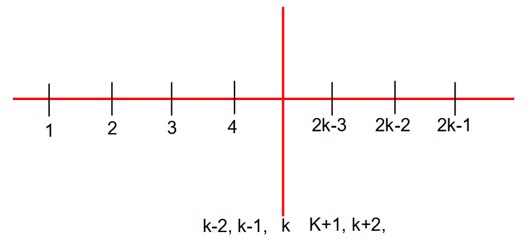Class 11th
Get insights from 8k questions on Class 11th, answered by students, alumni, and experts. You may also ask and answer any question you like about Class 11th
Follow Ask QuestionQuestions
Discussions
Active Users
Followers
New answer posted
3 months agoContributor-Level 10
Path length is a scalar quantity. It tells about the total distance covered, even though it depends on the path taken. Displacement is a vector quantity. It tells that it's a straight-line change in position from the initial to the final point. Now, that is path independent.
New answer posted
3 months agoContributor-Level 10
To find the direction in vector subtraction, let's consider (A – B). We have to use vector addition by rewriting it as A + (–B). Then, this negative vector (–B) will have the same magnitude as B. Only that it will point in the opposite direction. Then we will use the head-to-tail method. Following that, we will place the tail of (–B) at the head of A. The resultant vector from the tail of A to the head of –B will give us both the magnitude and direction of A – B.
New question posted
3 months agoNew answer posted
3 months agoContributor-Level 10
The graphical method using the head-to-tail or parallelogram laws only helps in visualising vectors and their resultants. But, it has limited accuracy. Because they cannot be precise when you consider the scale and angles. That's why it is important to use vector addition using the analytical method. That involves combining vector components. The graphical approach is primarily for conceptual understanding.
New answer posted
3 months agoContributor-Level 10
Scalar quantities only have magnitude, which makes sense to combine using ordinary algebra. But vector quantities have both magnitude and direction. Due to this directional aspect, vectors must obey special rules of vector algebra. Vectors have to specifically follow the triangle law or the parallelogram law of addition to be represented in the graph format. These graphical methods account for both magnitude and direction. This makes sure that the resultant vector accurately reflects the combined effect of the individual vectors. If we apply ordinary algebra, we won't be able to know the directional information.
New answer posted
3 months agoTaking an Exam? Selecting a College?
Get authentic answers from experts, students and alumni that you won't find anywhere else
Sign Up on ShikshaOn Shiksha, get access to
- 65k Colleges
- 1.2k Exams
- 679k Reviews
- 1800k Answers



